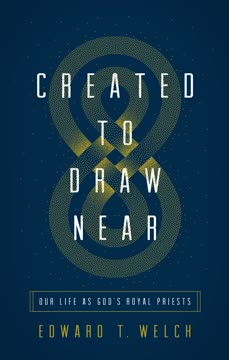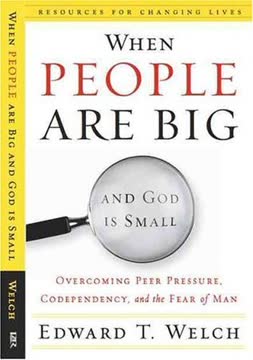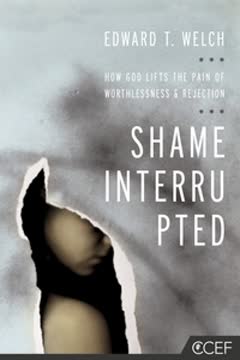Key Takeaways
1. Our Original Design: Created for Intimate Nearness as Royal Priests
Being near to God, secured by the priestly work of our Lord Jesus Christ, is what we were made for.
Deepest longing. Humanity possesses an innate desire for connection and closeness, a longing that runs deeper than our independent streak. This fundamental yearning for intimacy, even with a seemingly distant God, reflects our original design: we were created to live in God's house, experiencing his divine hospitality and fellowship.
Eden's blueprint. The Garden of Eden served as the first tabernacle, a "trysting place" where heaven and earth met, and God walked with humanity. Our initial mission was priestly: "to work it and keep it," maintaining God's dwelling and protecting it from intruders, much like later priests guarded the tabernacle. This heritage establishes our identity as royal priests, uniquely qualified for a relationship with God, capable of representing and imitating him.
Image bearers. Created in God's image, we share a profound kinship with him, distinct from all other creation. This likeness enables back-and-forth communication and the capacity for intimate knowledge and love. Our lineage is from heaven, making us "children priests" or "royal priests," destined to expand God's presence and life-giving influence throughout the earth, a mission later summarized as "be holy, for I am holy."
2. The Fall: Distance, Shame, and Lost Discernment from God
Humanity experienced a severe loss of status.
Discernment lost. God's initial command, "Of the tree of the knowledge of good and evil you shall not eat," was a test of love and wisdom, a path to true life and honor. However, the serpent's lies—suggesting God was not good and sin was not bad—muddled humanity's discernment. This led to a loss of noble status, as desire, rather than careful judgment, began to rule.
Shame and blame. Disobedience brought not only spiritual death but also profound shame and a desire to hide. The once "naked and not ashamed" humanity now felt exposed and unworthy. This self-imposed distance from God quickly extended to broken relationships with each other, manifesting as blame and accusation, a pattern tragically culminating in Cain's murder of Abel.
Wearing death. In response to humanity's fall, God clothed Adam and Eve with animal skins, a stark symbol of spiritual need and the consequences of following an "animal." This act, while providing covering, also served as a reminder that forsaking the path of life leads to wearing death. Humanity was driven from the inner garden, farther from God's presence, yet God's plan for a priesthood remained resolute.
3. God's Persistent Pursuit: Ladders, Tabernacles, and Holy Distinctions
God is in heaven, we are on earth, yet there are times when heaven and earth meet.
Heaven's proximity. Despite humanity's fall, God persistently pursued closeness. Altars built by figures like Abraham marked places where heaven touched earth, signifying God's presence and blessings. Jacob's dream of a ladder to heaven, with angels ascending and descending, vividly illustrated that the boundary between the divine and earthly realms was permeable, a "house of God" and "gate of heaven."
Moses's intimacy. Moses exemplified this renewed closeness, meeting God in a burning bush on "holy ground" and speaking "face to face, as a man speaks to his friend." His encounters on Mount Sinai, where he ascended into God's cloud-covered presence, transformed his face to shine with reflected glory. These experiences foreshadowed a broader invitation for all God's people to draw near.
A holy nation. The tabernacle, God's portable dwelling, provided a detailed blueprint for how a holy God would dwell among his unholy people. It established crucial distinctions:
- Unclean: Excluded from community due to sin or contamination.
- Clean: In good standing, could approach tabernacle gates.
- Holy: Uniquely set apart by God for himself, near his presence.
This system, with its sacrifices and cleansing rituals, constantly reminded Israel of their need for purification and God's unwavering mission to make them a "kingdom of priests and a holy nation."
4. Jesus: The Embodiment of God's Nearness and Our Perfect High Priest
Jesus is the temple, John writes.
The Word made flesh. The priestly story converged on Jesus, the Creator God, life, and light, who fully descended to earth in human flesh. John's Gospel reveals Jesus as the ultimate "ladder" between heaven and earth, with angels ascending and descending on the Son of Man. This humble intrusion recalibrated the distance between God and humanity, making intimacy possible.
The Lamb of God. John the Baptist introduced Jesus as "the Lamb of God, who takes away the sin of the world," fulfilling the Passover sacrifice. Jesus's baptism consecrated him as God's priest, and his crucifixion, coinciding with the slaughter of Passover lambs, signified the once-for-all sacrifice. This eliminated the need for temple sacrifices, as Jesus's blood provided ultimate cleansing and protection.
Our eternal High Priest. Jesus is not merely an improved priest but the perfect High Priest, from the more exalted order of Melchizedek. Unlike Aaronic priests, Jesus is eternal, sinless, and from both heaven and earth. He offered his own body as the ultimate sacrifice, then sat down at the right hand of the Father, retiring the entire temple system. He now functions as our active High Priest in heaven, ensuring our access to God.
5. Belief: The Gateway to Cleansing and Union with Christ
These are written so that you may believe that Jesus is the Christ, the Son of God, and that by believing you may have life in his name.
Signs of glory. Jesus's public ministry was marked by "signs"—moments where heaven opened and God's transforming power burst into the world. From turning water into wine to raising Lazarus from the dead, these signs revealed his divine identity and called people to believe. Belief, not perfect behavior, became the pathway to cleansing and closeness with God.
A new birth. To believe in Jesus means acknowledging him as the one sent by the Father, the Christ, the Son of God. This simple act of faith is akin to being "born again" or "born from above," grafting us into God's family. It's a public declaration of allegiance, a spiritual "I do" that unites us with our Bridegroom, Jesus.
Life in his name. This belief is not a blind leap but a response to overwhelming evidence of God's love and power. It means turning away from seeking personal glory and instead boasting in Jesus's reputation. While belief can be shaky, true believers return to Jesus, growing through his word and remembering his signs, finding life in his name and worshiping him as the living tabernacle.
6. The Spirit: Our Present Connection to Heaven and Source of Transformation
I have been crucified with Christ. It is no longer I who live, but Christ who lives in me.
Tethered to Jesus. Belief in Jesus means we belong to him, and he to us. Though Jesus is in heaven and we are on earth, the Holy Spirit bridges this gap, pouring God's love into us and uniting us with Christ. The Spirit makes Jesus's descent and ascent our own, enabling us to touch him and be touched by him.
Crucified and resurrected. Through the Spirit, we are intimately joined to Jesus, participating in his death and resurrection. We are "crucified with Christ," freed from sin's claims and the demands of justice. This means sin, death, and Satan have lost their power over us. Then, "united with him in a resurrection like his," we "walk in newness of life," with our old life behind us and our future secure in heaven.
Strength in weakness. This descent and ascent with Jesus becomes a recurring pattern in our lives. We experience weakness, failure, and rejection, but knowing we are with Christ and empowered by his Spirit brings comfort and fuller life. This "strength in weakness" is the essence of life close to Jesus, transforming us into expatriates on earth who are full citizens of heaven.
7. Saints: Our New Identity as Holy, Shining, Living Stones
And we all, with unveiled face, beholding the glory of the Lord, are being transformed into the same image from one degree of glory to another.
Holy ones. While the term "priest" was often avoided by the early church due to its association with power, the identity of "saint" (holy one) was embraced by all believers. This signifies that we are set apart by God for himself, belonging to him and carrying the imprint of his holiness. This status is bestowed by God, and we are called to grow into it, becoming increasingly like him.
Shining faces. Just as Moses's face shone after meeting God, we, too, reflect the light of Jesus through the Spirit. This "unveiled" glory in us will never fade, transforming us "from one degree of glory to another." This radiant reflection of Christ's character is evident in everyday acts of faith and love, making us "shine as lights in the world."
Living stones. We are not merely individuals but "living stones" being built into a "spiritual house," a "holy temple in the Lord," with Christ as the cornerstone. Individually, our bodies are "temples of the Holy Spirit." As we dwell in Christ, we become like other features of God's house: living sacrifices, springs of living water, lights of the world, and our prayers become the incense rising before God.
8. Our Priestly Mission: Love, Sacrifice, Battle, and Blessing
I appeal to you therefore, brothers, by the mercies of God, to present your bodies as a living sacrifice, holy and acceptable to God, which is your spiritual worship.
Living sacrifice. As priests, our worship is not confined to rituals but expressed in presenting our entire lives as "living sacrifices." This "spiritual worship" is a rational response to God's mercies in Christ, worked out in the details of everyday life through genuine, generous, humble, and persistent love. Acts of kindness, patience, and selflessness become beautiful sacrifices pleasing to the Lord.
Daily cleansing and prayer. We continue to "wash at the basin" through daily confession of sins, remembering that we are thoroughly cleansed by Jesus's blood. This confession enhances open fellowship with God. Our prayers, like incense, rise before the Lord, filling "golden bowls" in heaven. These prayers, whether solitary or corporate, are heard by God, and heaven acts in response, giving new zeal to our priestly intercession.
Battle and blessing. Our mission extends to spiritual warfare, battling against sin, Satan, and the "earthly" desires within us and in the world. This involves resisting anger, fostering unity in the church, and overcoming evil with good in the world. Simultaneously, we are called to pray for and speak blessings over others, extending God's favor and the "richest of life" to our neighbors, community, and the world, knowing that spiritual blessings are eternal.
9. The High Priest's Intercession: Jesus Prays for Our Unity and Glory
Consequently, he is able to save to the uttermost those who draw near to God through him, since he always lives to make intercession for them.
Constant intercession. Our High Priest, Jesus Christ, continues his priestly work by perpetually interceding for us before the Father. This ongoing prayer ensures that he "is able to save to the uttermost those who draw near to God through him." We are never alone in our struggles or our journey toward God.
Prayer for unity. Jesus's high priestly prayer in John 17 reveals his deepest desires for us: that we would be united with God and with each other in love. This profound unity, mirroring the oneness of the Father and the Son, is the primary way the world will recognize that Jesus was sent by God. It is a call to abide in him, imitating his love and serving others.
Glory and presence. Jesus prays that we would share in the glory the Father has given him, a glory that is holiness on full display. This means experiencing oneness with the Triune God and, as a result, oneness with each other. His prayer culminates in the desire for us to "be with me where I am, to see my glory," assuring us of our ultimate destination and the intimate fellowship that awaits.
10. The Consummation: Eternal Dwelling in God's Fully United Kingdom
Behold, the dwelling place of God is with man. He will dwell with them, and they will be his people, and God himself will be with them as their God.
Heaven on earth. The biblical narrative consistently points to a future where the distance between heaven and earth is completely dissolved. Jesus, who united heaven and earth in himself, will return to fully consummate this plan. The immense, perfect square of the heavenly Most Holy Place will descend, infusing the entire earth with God's light and overflowing life.
No more separation. In this new creation, there will be nothing unclean, no hint of death, and even our everyday objects will be holy to the Lord. The temporary garments of our earthly priesthood will give way to the eternal "garment of a bride," signifying our complete and permanent union with Christ. We will know fully, even as we have been fully known, seeing him "face-to-face."
Ultimate intimacy. The Spirit will bring us fully into the Father and the Son, fulfilling Jesus's prayer for our oneness with the Trinity. This is the ultimate expression of God's original intent: his dwelling place will be with humanity, and he will be our God. As a "royal priesthood," we will forever proclaim the excellencies of him who called us out of darkness into his marvelous light, living in perfect, unhindered closeness.
Last updated:
Review Summary
Created to Draw Near explores the biblical concept of priesthood and how Christians are called to draw near to God. Readers generally found it insightful, accessible, and edifying, praising Welch's ability to connect Old Testament themes to New Testament realities. Many appreciated the practical applications and reflection questions. Some felt it lacked depth or coherence, while others found it transformative in understanding their relationship with God. Overall, most reviewers recommended it as a devotional-style read that illuminates the believer's priestly role.
Similar Books
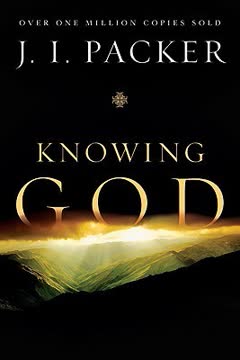
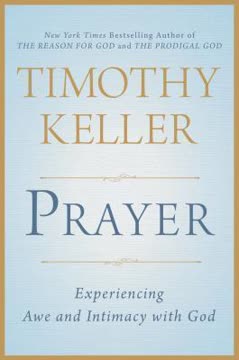




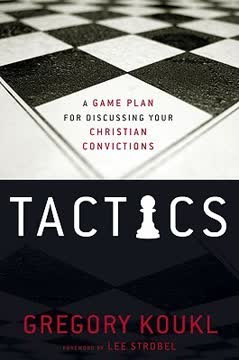
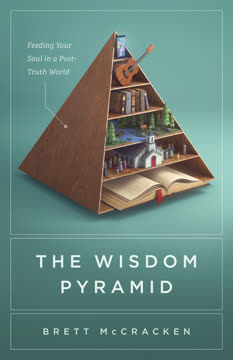
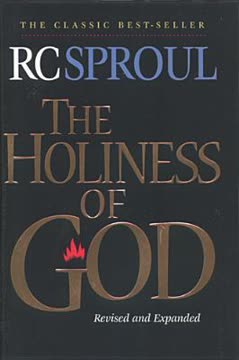
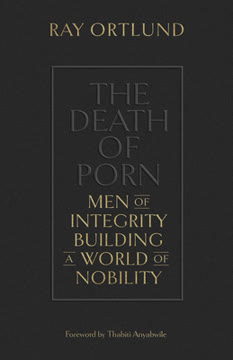
Download PDF
Download EPUB
.epub digital book format is ideal for reading ebooks on phones, tablets, and e-readers.
